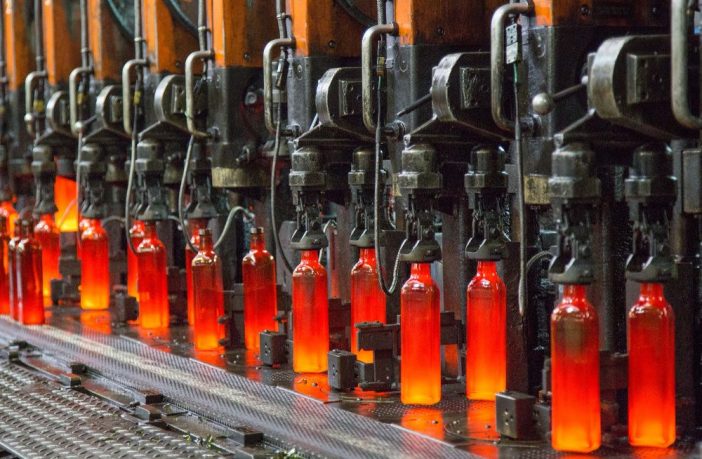A working group of Italian companies are collaborating on how to reduce carbon emissions in the glass industry through the use of hydrogen.
Italy is the second-largest producer of glass objects in Europe, creating more than five million tonnes of glass objects in a year. Manufacturing glass objects though is energy-intensive and difficult to power with electricity.
To that end, the Divina Project (Decarbonisation of the Glass Industry: Hydrogen and New Equipment), coordinated by Snam, RINA and Bormioli will try to reduce emissions in the glass melting stage. This stage accounts for more than half of total energy consumption throughout the production progress.
The energy consumption pattern in glass making means the availability of an energy source such as hydrogen can provide a viable solution by optimising its use in terms of energy and emissions.
Marco Alverà, the CEO of Italian energy infrastructure company Snam, said hydrogen will play a key role in decarbonising energy-intensive sectors such as glass production in order to meet domestic and European climate targets. “This project complements what we are already doing in the steel, rail transport and ceramics sectors. Snam will be able to draw on its infrastructure and expertise to facilitate the introduction of hydrogen in industry, bringing benefits in terms of economic growth.”
Ugo Salerno, RINA President and CEO, said they will continue their work with Snam and other companies to contribute to the ecological transition of the major energy-intensive chains. “Following the first test with a mix of natural gas and 30% hydrogen in steel processing that we carried out in May, our expertise and laboratories are also being used for the Divina project, an important milestone towards the decarbonisation of another of the most significant sectors in the Italian economy.”
Decarbonising glass making in Italy by using hydrogen is just one of many smart technology solutions being investigated
The initiative will make it possible, in the short to medium term, to assess the results of introducing an increasing proportion of hydrogen blended with natural gas into existing melting furnaces operating under regular production conditions. Testing significant quantities of hydrogen on operational furnaces will be an opportunity to evaluate the compatibility of hydrogen combustion with glass material in real industrial production contexts following appropriate testing in laboratories.
Today, the main energy source used by glassworks is natural gas and CO2 emissions amount to around 1,500,000 tonnes per year: overall, around 3.5% of the emissions of the entire manufacturing industry. Italian use of a 30% hydrogen blend in glass melting processes would reduce emissions by 200,000 tonnes which is the equivalent to the emissions of around 100,000 cars.
The project will also define and subsequently optimise the design rules for future furnaces – so-called ‘Furnaces 4.0’, which can guarantee the best performance even with higher hydrogen percentages up to 100%.
The all-Italian working group represents the entire value chain since it involves specialists in the energy sector, top-level glass groups, fuel production and transport operators, leading companies in certification and integration of complex systems, companies that design glass melting furnaces as well as university and research centres.
The working group is comprised of Snam, RINA, Bormioli Luigi, Bormioli Rocco, STARA GLASS, UNI.GE., Stazione Sperimentale del Vetro, IFRF Italia, SGRPRO and RJC SOFT.
Author: Theresa Smith
Theresa Smith is a conference producer for Clarion Events Africa.
This article was originally published on ESI Africa and is republished with permission with minor editorial changes.

















